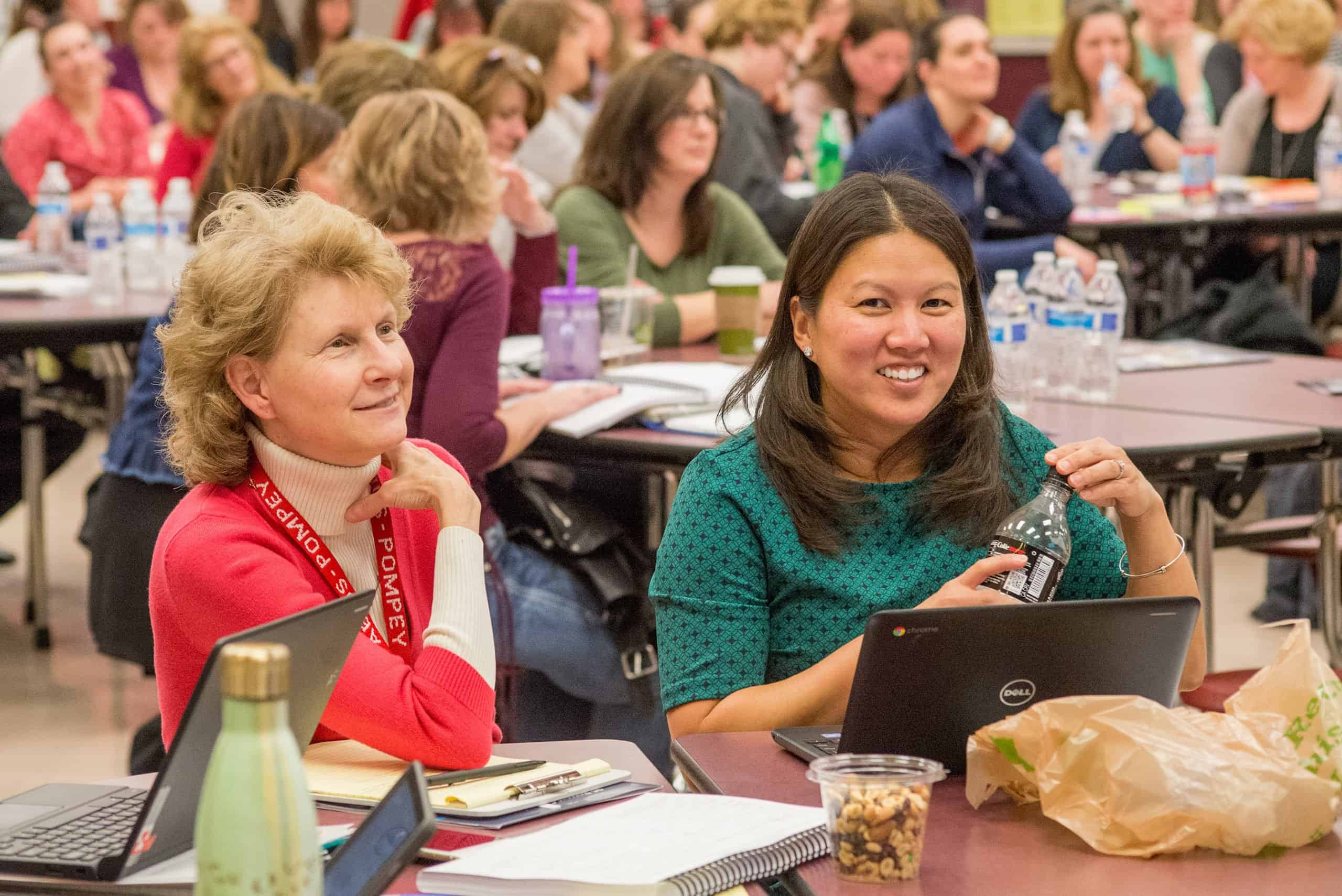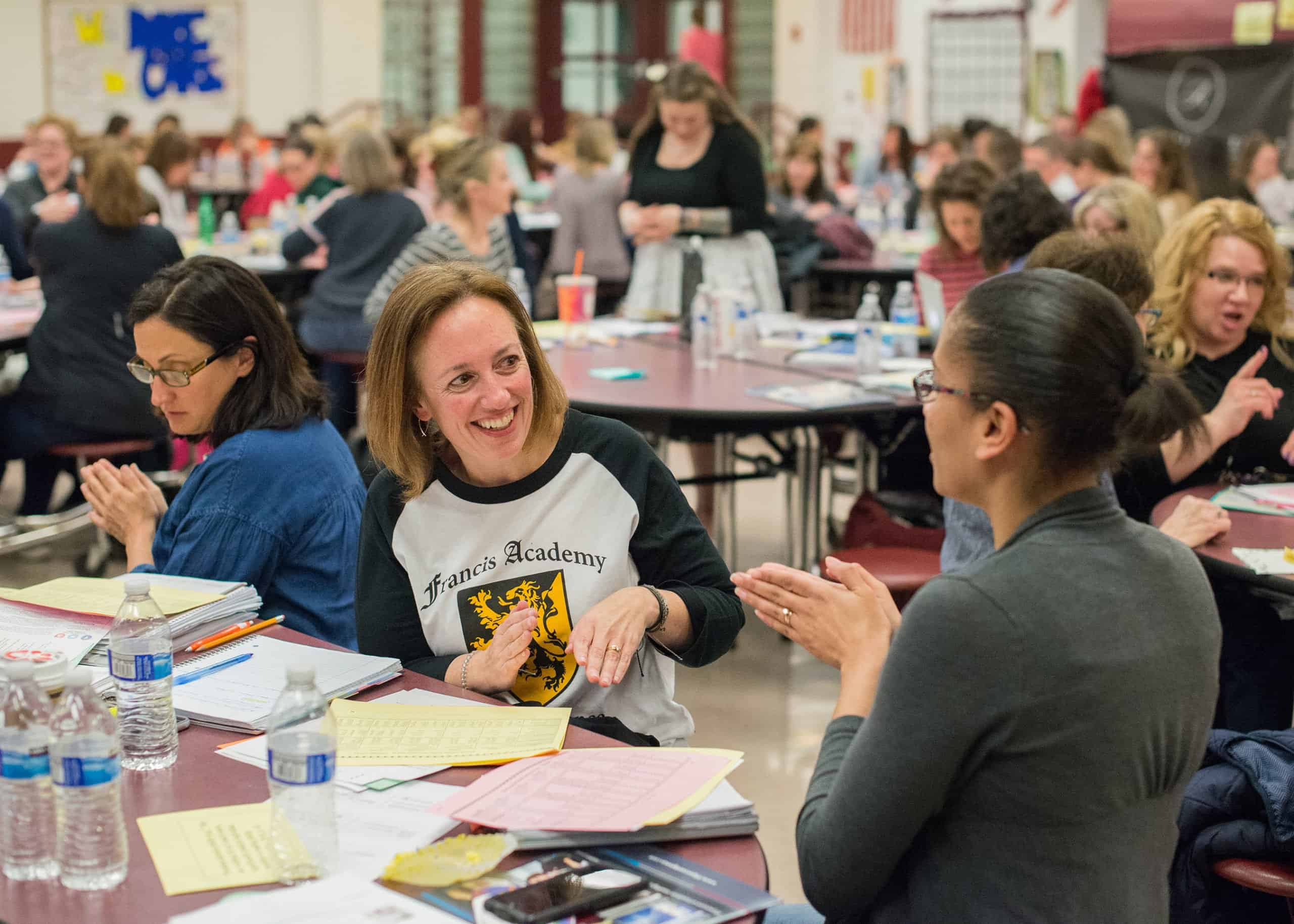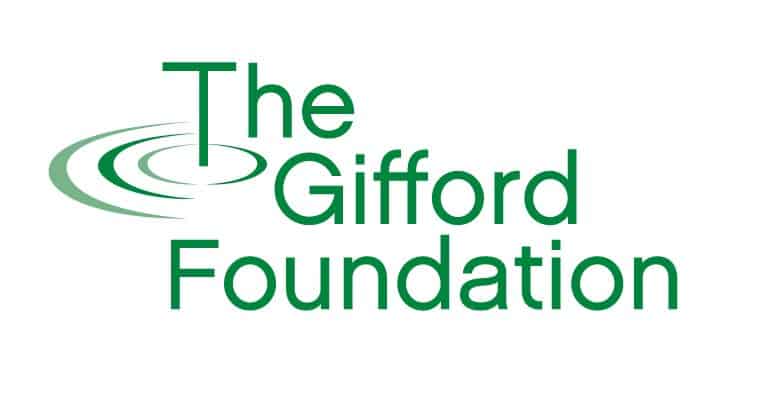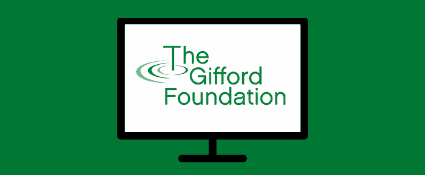How The Reading League Took Flight
Concerned about poor literacy rates in The United States, Prof. Maria Murray left academia to tackle the issue full-time. This is the story of how she grew her personal project into a multi-million dollar nonprofit organization.
Published March 13th, 2020
It is easy to underestimate the task of teaching a child to read. Because this lesson is taught early in life, we tend to regard it as simple and basic – like learning to walk. Yet millions of American children grow up without ever becoming truly literate, despite having attended school. Prof. Maria Murray, Founder and Executive Director of The Reading League, began studying this issue in 2015 and came to a radical conclusion: We need to reimagine how we teach children to read.

Teachers gather at Reading League events to learn new evidence-based strategies to help teach reading to their students.
The data leaves little doubt that we have a systemic problem in this country with teaching literacy. A 2015 survey of high school seniors across the United States found that only “thirty seven percent of twelfth-grade students performed at or above the Proficient level” for their age group. For many, this problem is carried on into adulthood. Roughly 30 million American adults have a reading level that is at or below a third grade level. Illiteracy means more than having to choose a movie over a book. Research shows that a lack of reading ability is associated with an increased risk for incarceration, lower life expectancy, and teen pregnancy. Unfortunately, the Syracuse area is no exception. In the Lyncourt School District, literacy rates among students had been plummeting for years. Some reports have shown that in the Syracuse City School District, only 22% of students are reading proficiently for their age group.
Prof. Murray began to see that although tremendous strides in the science of teaching had been made, the research was not reaching the educators themselves. All too often, reading strategies are based on tradition or intuition rather than evidence based practices. A teacher might use the same lessons that their parents used with them, but this does not mean that the approach will work for all or even most of their students. “The public has been completely blind to the fact that things in many classrooms are not as they should be,” explains Prof. Murray. This realization inspired her to start The Reading League – a nonprofit organization dedicated to connecting teachers with the most up to date research and tools to help their students learn to read. For several years, she balanced this work alongside her faculty position at SUNY Oswego before finally resigning in December of 2018 and devoting herself to the new organization fulltime. Sympathetic to the fact that many teachers are overworked and underfunded, she was eager to help by connecting these educators with the latest strategies in literacy education.
Despite having a background in education and a tremendous passion for her new project, Prof. Murray had never run a non-profit organization before. She reached out to The Gifford Foundation for guidance and began what would become a two year conversation about the steps that The Reading League needed to take. They also provided a Community Grant which helped fund The Reading League’s website launch. “They didn’t just tell me what I needed,” said Prof. Murray, “They showed me how to get it and helped us learn how to sell ourselves.” Gifford staff spent time one-on-one to offer advice on speaking with investors, communicating The Reading League’s mission, and developing a business plan. When the two organizations first started working together, the language the Reading League used to describe their mission was very academic. Over time, the Gifford Foundation helped them communicate their goals more directly and effectively – an asset that became invaluable as the Reading League began seeking outside funding sources.
Prof. Murray was joined early on in her mission by consultant Stephanie Bartling who assisted in the development of The Reading League and worked directly with The Gifford Foundation during the non-profit’s startup phase. In particular, she participated in The Gifford Foundation’s “Lifecycles Training” program which offered insight into how The Reading League should self-evaluate and prepare for the future. “[Gifford] was instrumental in how we discuss what we do,” said Bartling, “It’s not just the money, it’s the support they provide.” Through their work with the Gifford Foundation, the Reading League also established a diverse board of directors that would aid in the organization’s decision making and growth as time went on.
Now, fewer than five years after its inception, The Reading League has grown by leaps and bounds. After developing a business plan and organizational structure through their work with the Gifford Foundation, Prof. Murry met with philanthropist and American Girl Doll founder Pleasant Rowland who had expressed interest in the project. This relationship would translate into a multi-million dollar grant aimed at helping The Reading League expand, hire staff, build up their office space, and become a self-sufficient non-profit organization.
A tour of their office reflects the rapid growth that is already in full-swing. A peer reviewed journal devoted to evidence based reading education strategies is scheduled to be launched in 2020 and already has more than 11,000 subscribers – a number that is rapidly growing. A media room has also been set up to create videos and podcasts aimed at educators and parents. Toni Ann Walsh, their Vice President of Marketing & Development, explains that one common misconception is that illiteracy comes from a lack of access to books. “While access to books is good… exposure is only one component of how kids learn how to read. Without helping parents understand how to use that book to read – really all you’re doing is providing access to literature.” Providing that access is important, Walsh says, but it has to come alongside evidence based reading strategies that incorporate the latest research in neuroscience, linguistics, and psychology.

Researchers in the fields of neuroscience, linguistics, and psychology often uncover new ways to teach reading, but too often these techniques never read classrooms. The Reading League holds events to help connect teachers with this information.
While The Reading League says it will always keep a focus on Central New York, they plan to have a presence in all 50 states within three years. Walsh explains that they have begun developing strong relationships with local school districts and are already seeing impressive results. “We don’t do one day seminars, we don’t put a band aid on the problem. The school has to commit in the long term perspective.” One school that has done so is the Lyncourt School District in Syracuse, NY. After working with The Reading League to reimagine how they teach literacy to their students, they saw double digit growth in the overall literacy percentage across the student body.
Walsh explains that their goal is not to criticize teachers, most of whom she believes are doing an incredible job with the materials they have. “We want to be very supportive of teachers,” she says, but emphasizes that many just don’t know that this research exists, or how to find it. In time, The Reading League aims to fulfill its mission of becoming the de facto pipeline for sharing evidence based literacy education strategies with teachers, and making literacy universal across the United States.


